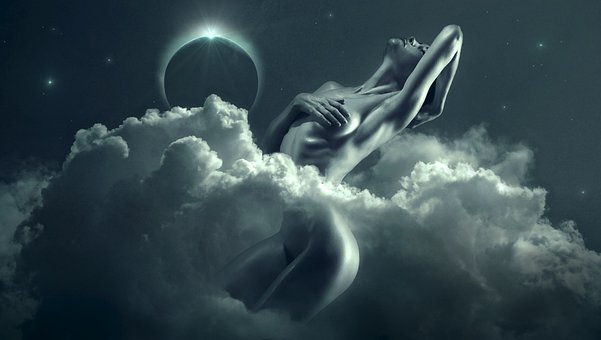The Indians believed that the lands that are below sea level are the land of dreams. For this reason, they were established on the opposite bank of present-day New Orleans, a land on which they practiced funeral rites. There was a place particularly sacred to them, a promontory which the settlers made a park.
First Spanish, then French, then American, New Orleans was undoubtedly the place in the world where as many cultures rubbed shoulders as in ancient Rome, at least as many as the ethnic groups that made it up, with despite everything a strong Catholic dominance.
As we have seen, Catholicism coexisted easily with African polytheism. The French, more permissive than the Anglo-Saxons in matters of religion, tolerated their slaves giving themselves up to their African cults on Sunday mornings, in a park which was once an Indian cemetery and which was renamed “Congo Square”.
On Sunday morning, there were crowds to admire the dances. The rich planters eyed the arched buttocks of nubile young girls, the white women were not insensitive to the athletic bodies of the dancers, the musicians tried to raise the complexity of African rhythms, the children had fun imitating the dances. It was during these joyful pagan festivals that the most mixed music in the world was born: jazz.
Treme is the music district of New Orleans. It’s also a wonderful TV series, broadcast in 2010 with HBO, which tells how the inhabitants of this neighborhood are trying to rebuild their lives after Hurricane Katrina. In the very first episode, an old black man, whom everyone calls Chief, asks the district sheriff for help in rebuilding a bar. This bar is a symbol, it is the meeting place for the old, the beacon of the district, the epicenter of social life. The sheriff replies that he has much more urgent things to do, that there are still corpses in the houses, that there is little chance that the carnival can take place, that he leaves him alone with his bar . Next scene. Night exterior. The sheriff is sleeping. From the street, he hears the sound of a drum. He gets up, lifts the blind from his window and sighs. The old man plays the drum with a huge headdress of an Indian chief. If everyone calls him Chief, he really is a high-ranking leader among the Black Indians. A leader who now uses the sacred authority with which he is invested to support his request: to rebuild this meeting place, where the neighborhood comes to life. It is a matter of life or death for him.
Before Katrina, New Orleans was a majority black city. After the passage of the hurricane, which devastated especially the poor districts, it became a white city. Out of 500,000 inhabitants, 200,000 never returned. What Treme tells is the reconstruction of a city, its inhabitants and above all the rites of this magical city, carnival, voodoo, Indian songs.
The mystique of the Black Indians encompasses all the mystiques of New Orleans. The Black Indians are the children of a crossbreeding that will give the world one of its most expressive music: the blues itself, at the root of jazz, soul, rhythm’n blues, rock, in short, of all the popular music which, in the XXᵉ century, will peacefully conquer the planet.
Among the glorious African-American musicians representing this discreet nation, James Brownof Apache origin, Ben Harperof Cherokee descent, Lena Horneof Sioux descent, Michael Jacksonchoctaw on his father’s side and pied-noir on his mother’s side, Beyoncé, Rosa Parks, Tina Turner (Cherokee and Navarro)Oprah Winfrey, Jimmy Hendrix, Duke Ellington, Muddy Waters and chuck berry all Cherokees.
We would like to give thanks to the writer of this write-up for this awesome content
New Orleans: the mystique of the Black Indians
Our social media pages here and other pages related to them here.https://nimblespirit.com/related-pages/

